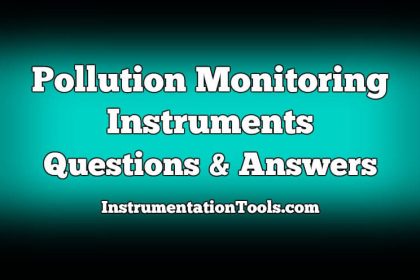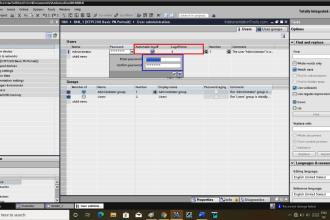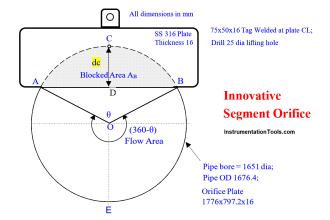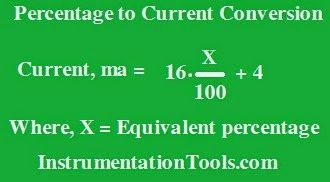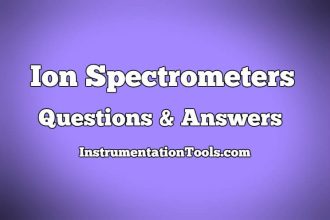Absorption Instrumentation Questions & Answers
1. Which is the missing block in the block diagram for Absorption of Radiation Instrument given below?

a) Filter
b) Reflector
c) Converging lens
d) Detector
Answer: d
Explanation: To measure the amount of radiation absorbed and transmitted detector is very important. It detects the amount of radiation which is then inferred using read out device.
2. Which of the following detectors does not require a battery and is also known as barrier layer cell?
a) Photomultiplier tube
b) Photovoltaic cell
c) Photoemissive tubes
d) Photo reflector
Answer: b
Explanation: Photovoltaic cell does not require a battery for operation. Its working is entirely different from Photomultiplier tube or Photoemissive tubes.
3. Which of the following detectors is used to detect light intensities which are very weak?
a) Photomultiplier tube
b) Photovoltaic cell
c) Photoemissive tubes
d) Photo reflector
Answer: a
Explanation: PMT is used for detection of light intensities which are weak. As the name suggests, Photomultiplier tube multiplies the incident electrons using dynodes causing an avalanche of electrons.
4. How is Tungsten Halogen lamp differ from normal Tungsten filament lamp used in absorption spectroscopy?
a) It has a tungsten filament and is filled with inert gas
b) Iodine is added to normal filling gas
c) Iodine is coated on tungsten filament
d) Iodine is added to inert gas
Answer: b
Explanation: In Tungsten filament lamp tungsten filament is enclosed in a bulb of glass filled with inert gas or vacuum. In Tungsten Halogen lamp iodine is added to normal filling glass.
5. Instead of glass filters, why gelatin filters could not be used for a long period while both are Absorption filters?
a) Gelatin tends to evaporate and hence they deteriorate
b) Gelatin is affected by humidity in environment
c) They deteriorate due to absorption of heat leading to changes in gelatin
d) Gelation is affected by temperature in environment
Answer: c
Explanation: With absorption of heat they deteriorate due to changes in gelatin. Bleaching of dye occurs.
6. How does continuous wedge filter differ from normal interference filter used in absorption spectroscopy?
a) It permits continuous selection of different wavelength
b) It allows narrow band of wavelengths to pass
c) It has two semi-transparent layers of silver
d) Space layer is made of a substance having low refractive index
Answer: a
Explanation: It allows continuous selection of wavelength by using a spacer film of graded thickness. Rest of the options are properties of normal interference filters.
7. Which of the following could be used as the layer of dielectric in interference filters used in Absorption Spectroscopy?
a) Graphite
b) MgF2
c) Fe
d) AgNO3
Answer: b
Explanation: MgF2 is used as layer of dielectric in interference filters. Other material that can be used is ZnS.
8. How can stability of radiation be achieved in incandescent or discharge source used in Absorption Spectroscopy?
a) Using filters
b) Using monochromators
c) Using slits
d) By controlling the source voltage
Answer: d
Explanation: The intensity of radiation in incandescent source is proportional to the lamp source voltage. Therefore, by controlling the source voltage stability can be achieved.
9. To tolerate high operating temperatures, which of the following has to be done in incandescent or tungsten filament lamps?
a) Alloys must be used
b) Nitrogen be used instead of inert gas
c) Envelope is fabricated with quartz
d) Envelope is fabricated with copper
Answer: c
Explanation: The envelope is fabricated with quartz to allow high operating temperatures. Tungsten filament and inert gas are generally used and are not modified.
10. Which of the following is not a reason for laser not being generally used as a source of radiation for UV, Visible Spectroscopy?
a) High cost
b) Limited range of wavelength
c) Less intensity
d) Complex to work with
Answer: c
Explanation: Laser has high intensity. It is used in special applications where cost is not a matter and limited range of wavelength is required.







